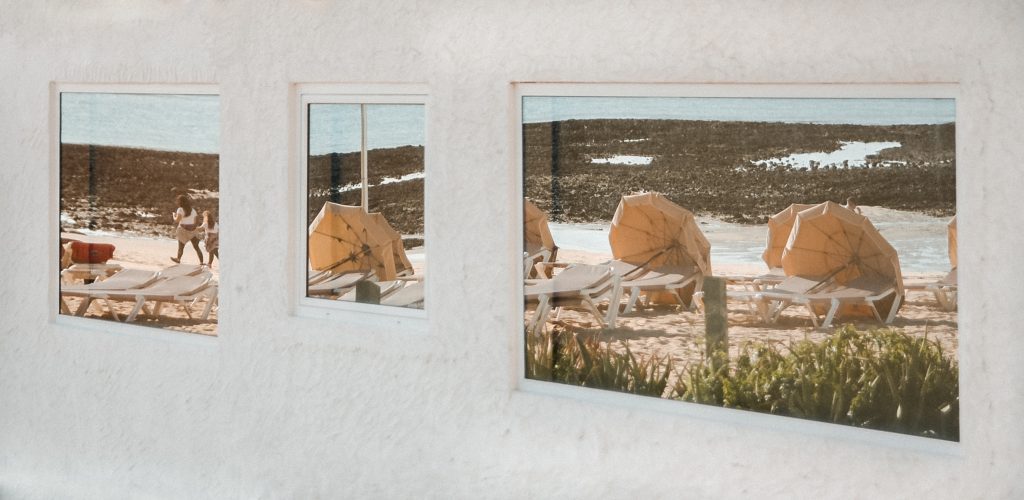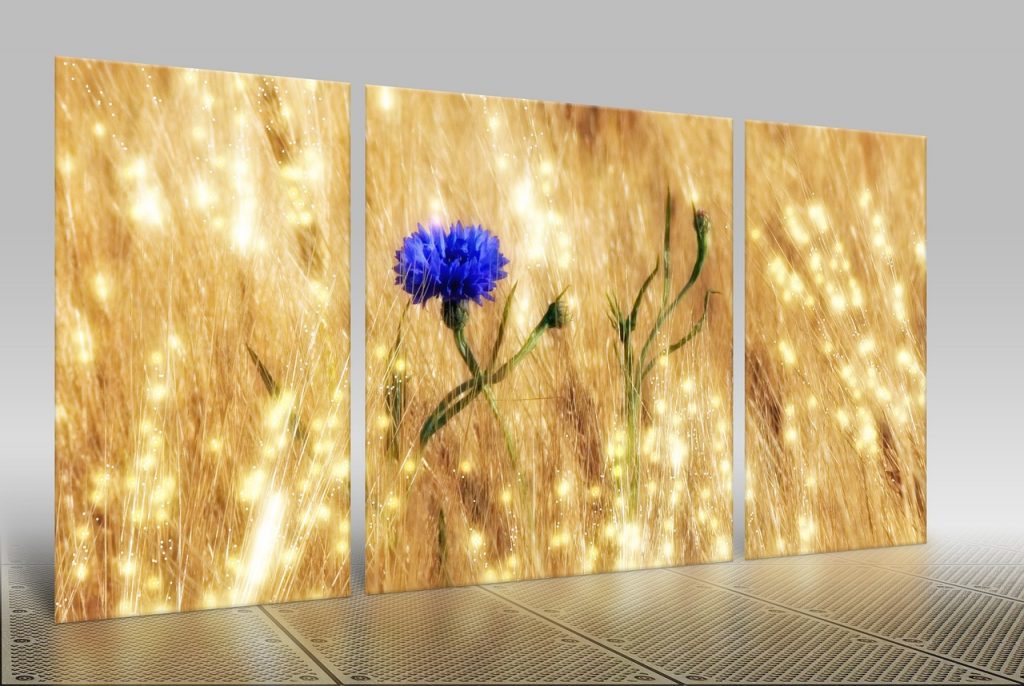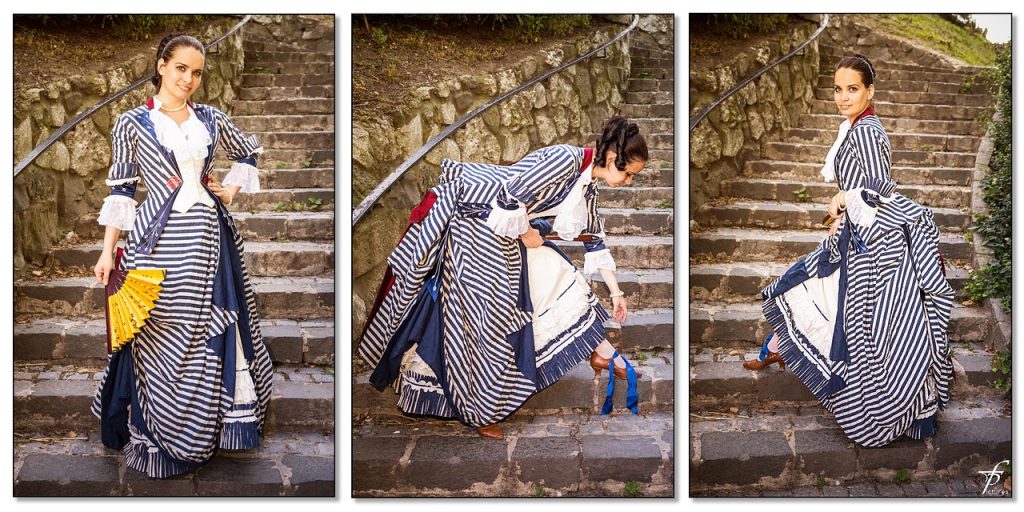Individual photographs are our first option because we need neither think in advance nor consider our last shot. We are free to compose each frame as we like without constraints. However, oftentimes, we feel the need to tell a story, and a single photograph is not enough. So, we embrace storytelling and produce impressive photo series. But what about those situations when one photo is insufficient, and a series is too much? Well, we have diptych and triptych photography for that.
What Is a Diptych, Triptych, or Polyptych?
A diptych is a set of two photos related in some way. Similarly, a triptych is a set of three photos, and a polyptych is a set of more than three photos. But unlike a photo series that includes individual photographs in an exhibition or online portfolio, diptychs, triptychs, and polyptychs are physically connected and presented as a single item. They are closer to a collage than a photo series.
The concept comes from early religious art, where it was used for altar paintings. Two or three scenes were painted on wood panels hinged together and represented different aspects of the same story. When closed, diptychs and triptychs protected the painting and could be safely transported.

The Aino Myth, the Kalevala-based triptych painted by Akseli Gallen-Kallela in 1891. Ateneum, Helsinki
Ideas for Diptych and Triptych Photography
Like many art concepts, diptychs and triptychs resonated with photography, too. By connecting two or three photographs, the photographer can emphasize a particular aspect, add a temporal line, or extend the scenery to a panoramic view without the troubles of printing at a large scale. Here are a few ideas to get you started with diptych and triptych photography.
Add Details
A single photo can capture a wide-angle view and a close-up at the same time. But two or three photographs can. A common use of diptychs and triptychs is to reveal details. For example, you may have a large, wide-angle photo in the middle and two smaller ones presenting close-ups of the same scene. Or you may want to start from a detail and build your way up to the wider perspective or vice versa.

Photo by Eddy Billard on Unsplash
Create a Temporal Line
Diptychs and triptychs allow you to insert a timeline in your visual story. A popular approach is to show the events in chronological order. For example, you can create a polyptych showing the same scenery in four seasons. However, there are other ways to create a temporal line, such as going from old to new and showing a before and after effect.
Split a Panoramic View
Sometimes, it is easier to split a panoramic view, print it as individual photographs, and then stitch them together than printing a large photograph. It may also improve your composition because you can arrange the pieces as you like and add depth and movement to your photograph.

Image by Ralf Kunze from Pixabay
Document an Event
Two or three snapshots taken during an event can tell a story much better than a single photo. So if you have to depict an event in only one image, use two or three photographs to create a diptych or triptych and include as much information as possible. For example, you may want to include three photographs from a fashion photo session and create a triptych for an editorial. Or you may want to include two key moments from a wedding and create a photo print the couple will cherish for life.

Image by Pech Frantisek from Pixabay
Work with Contrast
A diptych or triptych is a great way to create contrast and capture the viewer’s attention. For example, one side of your work can show deforestation and the other overconsumption, one luxury and the other poverty, one climate change effects and the other the means that produce climate change, and so on. You may also use the power of diptychs and triptychs to create color contrast, luminosity contrast, or other types of contrast.
Conclusion
If you think a photo series is similar to a movie, diptych, and triptych photography are similar to short films. You still have a narrative and put all your storytelling skills to work, but it’s a much more limited format. Nevertheless, diptych and triptych photography teach you to consider all aspects of photography, focus on the story, and develop a concept. And it’s very good practice.

